As scary as the thought of amputating a pet’s leg can be, a lot of the time it can actually be more of a relief than a hindrance. It’s hard to not project our own, human, feelings on the matter towards our dog when the veterinarian informs us that amputation may be the only route to alleviate our dog’s pain or discomfort. It’s important to look past that and realize that leg amputation in dogs is a lot less scary and stressful than you may have originally thought. Amputation may be viewed as a handicap and that your dog’s quality of life will be heavily affected by such a procedure, but this article is here to calm your worries and inform you that fido’s life can actually be better than ever with proper care and attention post operation. In short, it’s not your dog that is going to reel from the effects of the amputation process as much as it will be the owners.
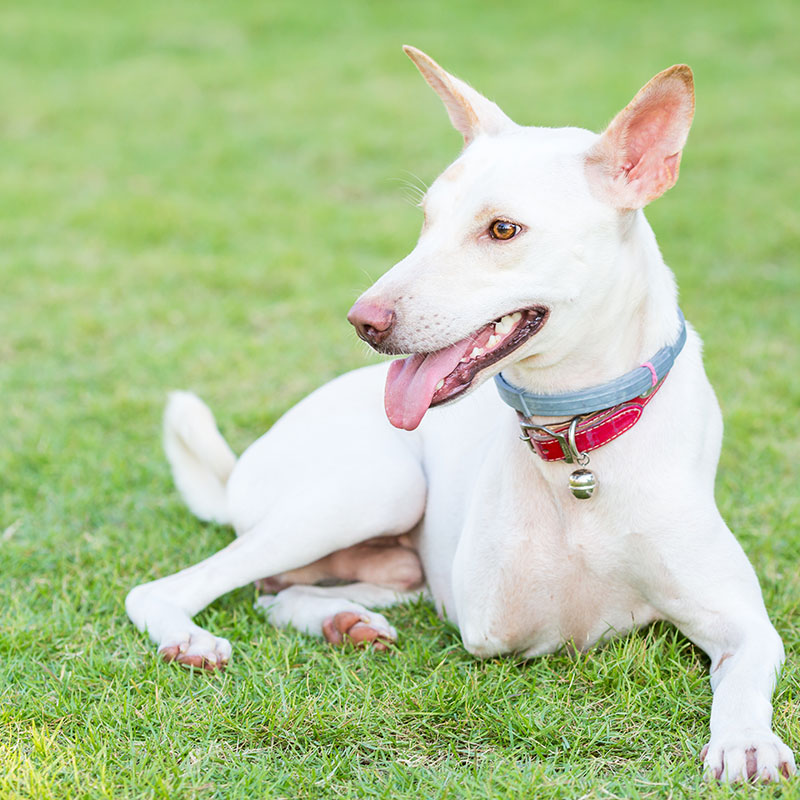
Amputation and Its Causes
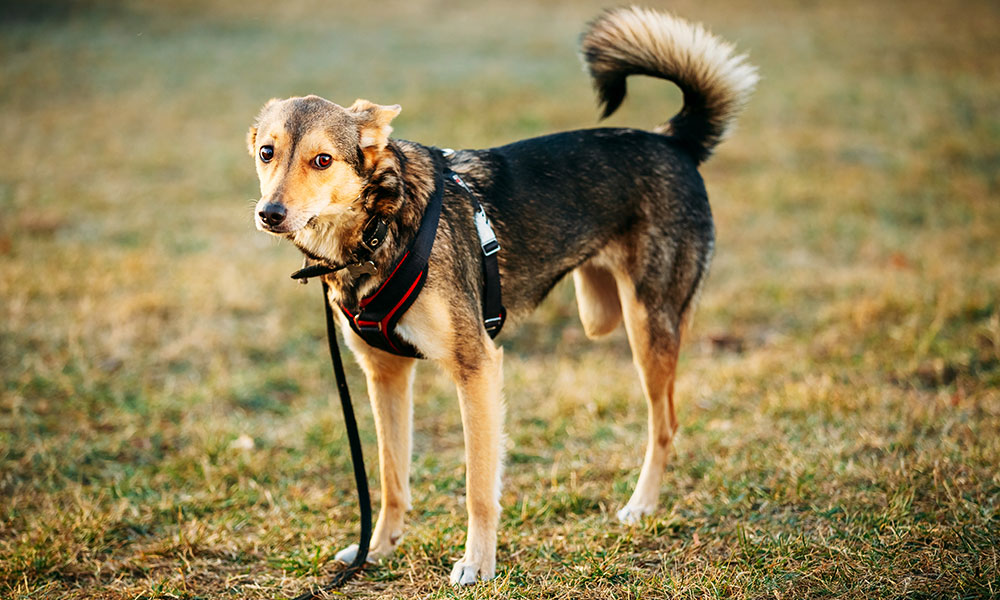
According to the dictionary: Amputation is the act of cutting off all or a part of a limb, or digit, off of the body by surgery. This can be due to any number of reasons. In some cases, you may encounter an amputee dog that is up for adoption and the causes of it may remain unknown to you. That is where aftercare becomes of utmost importance. We will cover those topics later in this article. Dog leg amputation is often treated as a “last resort” option. Most commonly, dog owners will be recommended to amputate if their pet suffers from severe trauma, birth defects and most commonly, cancers.
When it comes to the amputation choice for your dog, veterinarians will often ask the owner if they would prefer a full amputation of a dog’s leg or leave a stump for the possibility of a prosthetic limb later on. Sometimes the choice of a prosthetic limb is unable to happen do to the severity of the trauma or a cancer that affects most of the leg. Amputation may sound like a scary experience for your dog, but it is in fact more stressful on the owner than the dog itself. Your dog will take social cues from you so it is important to remain positive and loving to your dog both pre and post operation during the amputation recovery process.
However, just like any surgical procedure there is a risk of dog leg amputation complications. While most complications from dog leg amputation are rare, they are still possible so it is important that you are aware of the signs and know how to act in the event that it happens to your puppy. The first two weeks after amputation are the most important and is the window in which complications can arise. When it comes to your dog’s leg amputation the most common complication to be made aware of is a seroma. A seroma is an abnormal accumulation of fluids after surgery. To minimize the risk of this, oftentimes a vet will insert a drainage tube to remove excess fluids from the surgery site.
Amputation Recovery
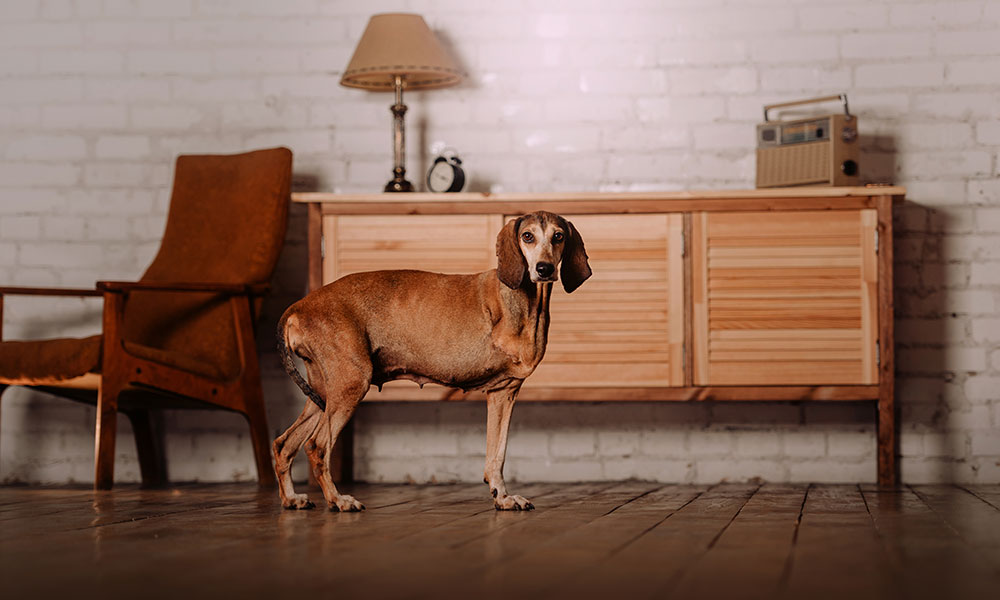
This is undoubtedly the most important part of the dog leg amputation process. Dog leg amputation after care is where your job as a pet owner will truly begin. Aside from following the after care instructions provided by your veterinarian to the “T”, you must be diligent in maintaining a positive atmosphere for your dog and monitoring their behaviour throughout the healing process. Antibiotics may also be prescribed if the surgery took place over a lengthy amount of time, leading to a weakening in your dog’s immune system. While your veterinarian will prescribe ample medications to manage pain and infection, other steps by the owner will need to be taken to ensure a speedy and stress free healing process.
Medication aside, precautions should be taken to ensure your dog’s comfort during the leg amputation recovery. A cone will be fitted to stop your dog from attempting to chew their stitches. A healing wound can become quite itchy, so make sure that the cone is always fitted properly and not coming off. A torn stitch or infection is an unnecessary trip to the vets office that can be avoided with proper monitoring.
Blood or pus that may be leaking from the surgery site is usually quite common, but keeping an eye on the wound is very important. While leakage and minor bleeding or pus can be common you should always schedule a vet visit if you become concerned by the amount of by how often it occurs. Signs of an infected wound are swelling, bruising or the wound beginning to tear or open back up. Any of these issues should be followed up with an immediate vet visit.
Aside form carefully monitoring your dog’s amputation site and healing, you will likely be required to make vet visits every three to four days after the procedure to ensure the site is healing correctly. This added vet visit is a great tool for peace of mind during the healing process as the vet can answer any questions or concerns that you may be having. It’s never a bad thing to have questions when visiting your vet during the dog leg amputation recovery process. Like you, they want to ensure the wound is healing healthily and correctly.
Post Amputation Tips
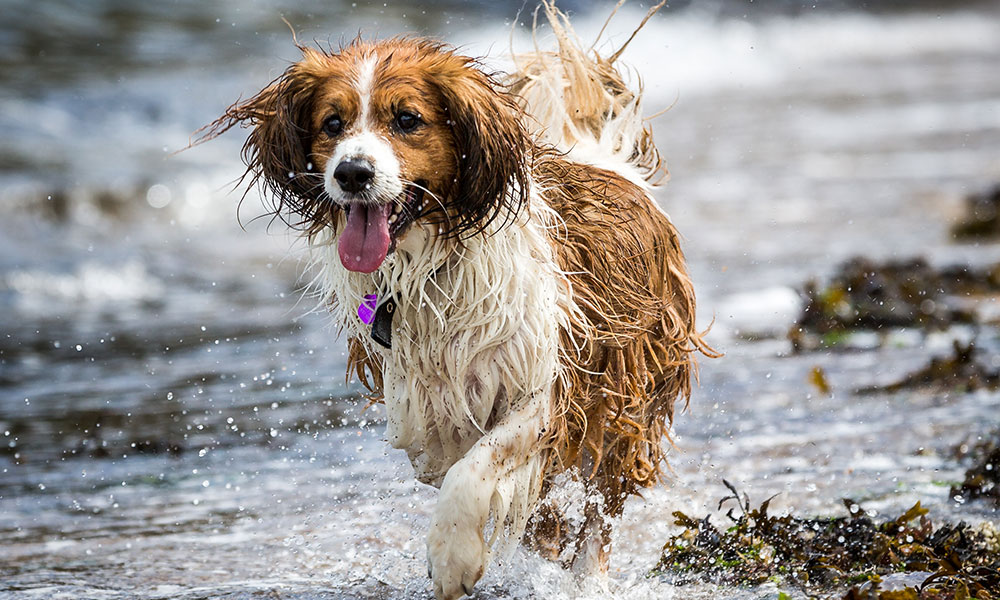
You’ve gone in for the surgery. You’ve asked all the questions. You’ve followed your vets instructions on medications and pain relief to the letter, but what about your dog’s mental well being? It may be a hard pill to swallow, but your dog losing their leg is going to wind up being harder on you, the owner, than it is on them. Dogs actually manage to bounce back from amputation a lot faster than we humans do. Once the site is healed and fido is getting used to being a tripod dog, they will quickly adapt to their new three-legged life. It is not going to be an easy road, but with a few simple tips and steps you will have your best friend chasing balls and going for walks like nothing ever happened.
Don’t portray your emotions onto your dog. Dogs are fantastic judges of character, but they are even better at reading body language and emotion. If you are wallowing around your home after the operation and constantly approaching them with pity and sadness, they will react accordingly. Your dog doesn’t really know why or how they lost their leg. A lot of the time, after they have healed, they won’t even notice that they are a leg down. Be sure to treat your pooch the same way you treated them before the operation. They may start off a little slower, but you will be fighting to keep up before you know it.
While you don’t want to pity them, that doesn’t mean you shouldn’t help them. Dog amputation recovery will still present some challenges for your pupper. Simple tasks like lying down and getting up will be challenging in the first few weeks. Taking precautions around the house is a great way to make the healing process even easier on them. Try “slippery proofing” your home. Dogs will likely try to continue life as usual before they are ready to so a slippery linoleum or hardwood floor might make matters worse. Sectioning off areas of the house that may be a little too slippery for them at the moment is a great way to keep them mobile, but not run the risk of having a slip and fall that can result in a banged stump or torn stitches.
Walk, don’t run. A lot of times after a dog has had a leg amputated and begins the recovery process, they will find it much easier to run rather than walk. It’s up to the pet owner to try their best at toning down this action. With painkillers, a dog may think everything is fine and want to run as well. Any excess movement or sharp changes in direction can easily tear a stitch and lead to another unnecessary trip to the vet’s office.
Sleeping and laying down presents another challenge for dogs after they have had a leg amputated. Normally when a dog lays down, they lay on their legs. Somewhat for comfort, but mainly for balance. A dog with an amputated leg might find it uncomfortable and difficult to lay like they used to and will usually favour their side or flat on the stomach. It may seem like something could be wrong or that they have become lethargic, but they’re just trying to get comfortable. A way you can assist with this is to wrap a towel or blanket around your dog, at the belly. This is a great way to help them get to their feet comfortably and with minimal assistance. Using a blanket or towel to stabilize them will help them learn how to adapt to their new predicament and speed up the healing process of your pooche’s mental well-being.
Conclusion
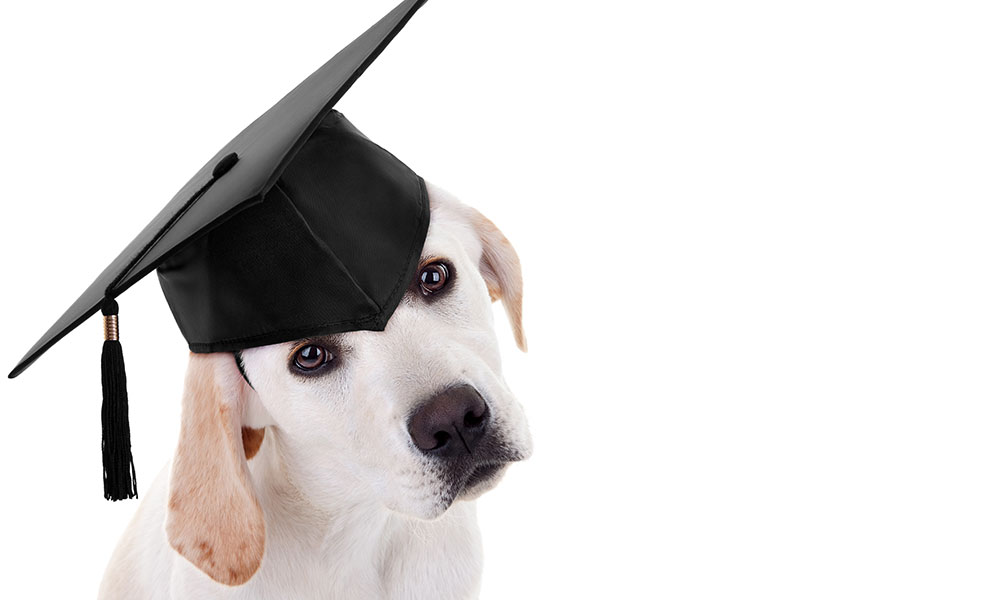
In short, the amputation process is going to be a lot more difficult on you than it will be on your dog. The dog leg amputation process, complications and recovery time are all scary when you look at them at face value. But as responsible pet owners we know that giving our fur-babies our undivided attention is always of utmost importance. Even more so during an operation. As long as we follow our veterinarian’s instructions, stay calm, remain present and monitor the healing of our dog’s wounds then your pet will be back to chasing sticks and begging for dog treats in no time! It’s never easy to see our animals in pain, but remember that dogs are highly adaptable and will be back on their feet, even though there’s only 3 of them, before you know it.
Frequently Asked Questions (FAQ)
How long do dogs live after amputation?
For as long as they can. An amputated dog leg has no impact on the length of their life or even their quality of life. Dogs are highly adaptable and likely will continue their normal life as if nothing happened once they have fully recovered.
How long does dog leg amputation surgery take?
Depending on the size of the dog, the amputation procedure should usually take no more than two to three hours.
How much does it cost to have a dog’s leg amputated?
The average cost of dog leg amputation in The United States is roughly $700-$1000.
Should I amputate my dog’s leg?
You, personally? No. Always consult a veterinarian if you notice an issue with your pet’s health and a decision will be made by a licensed practitioner.
Want to Learn More?
Download our AILMENT GUIDE NOW.
PLUS! all FIRST TIME buyers get 50% off their additional order. Visit verlota.com to get your discount code.





